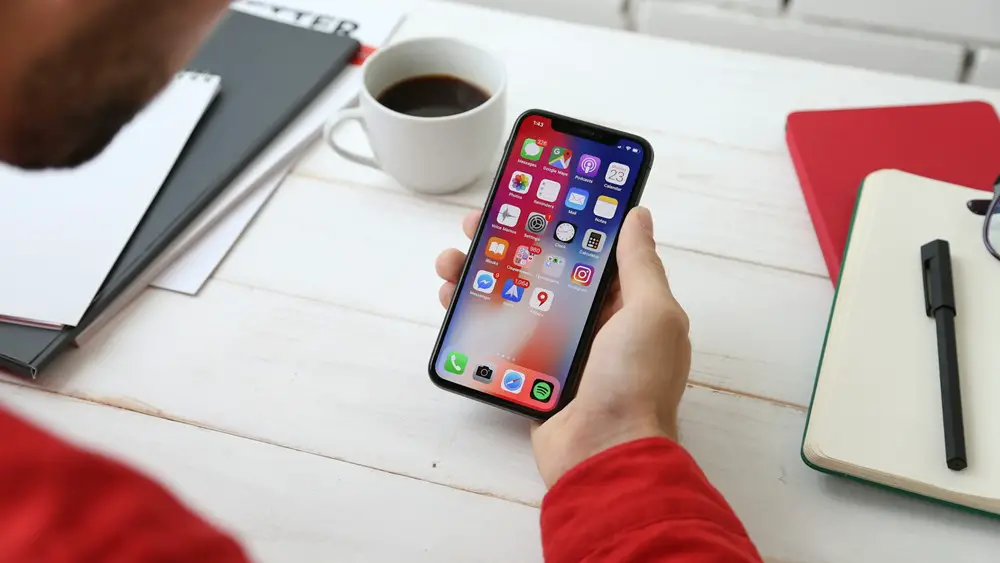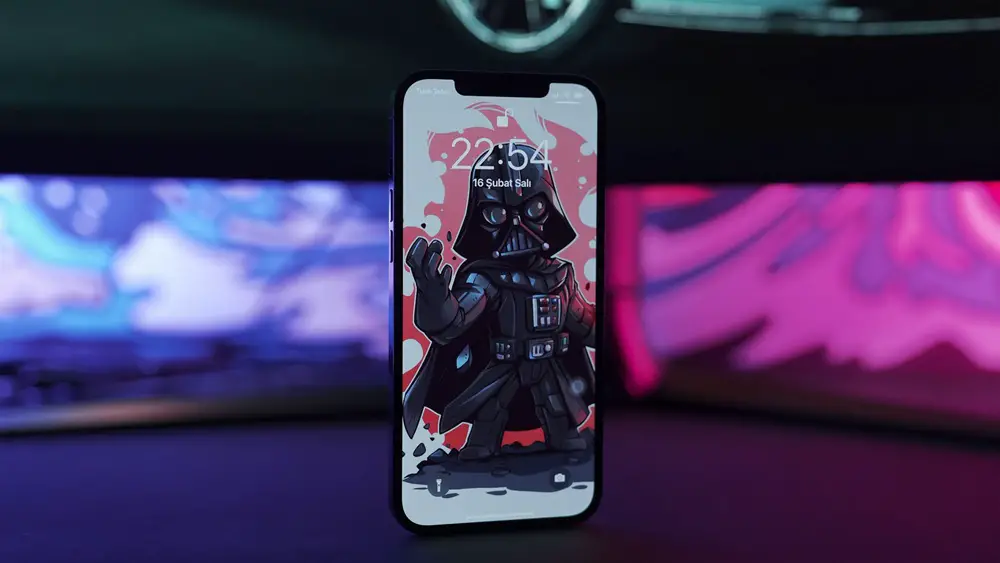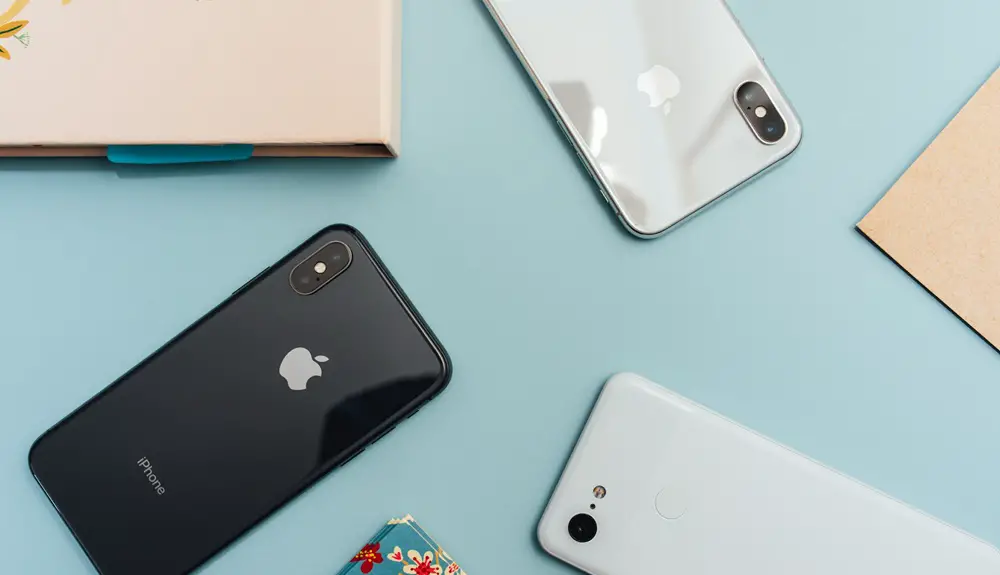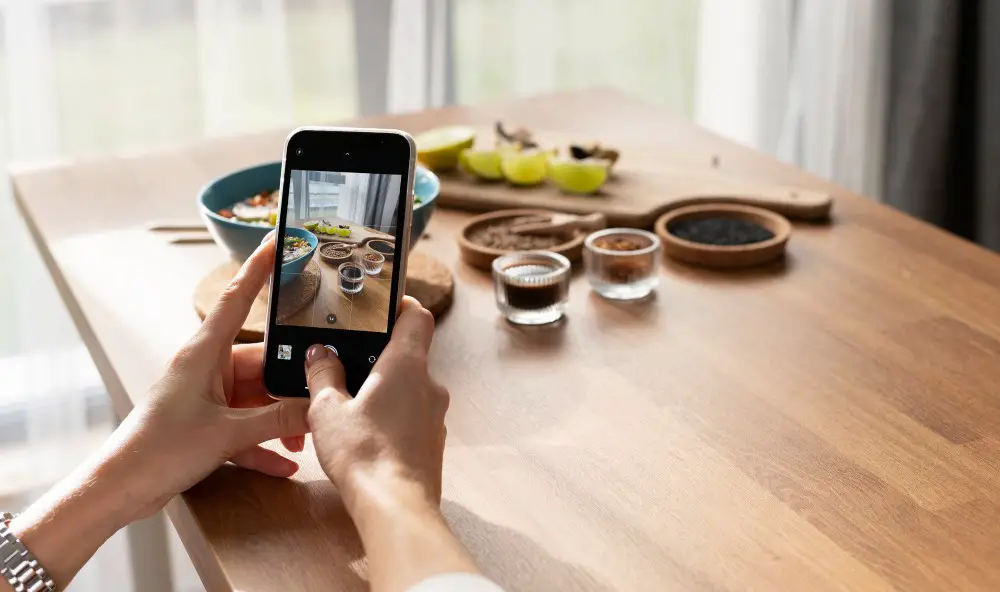Choosing a new smartphone can be a daunting task, especially for beginners. With a plethora of options available in the market, it’s essential to know what to look for to ensure you make the right decision. This guide will walk you through the top 10 smartphone buying tips that will help you find a device that suits your needs and preferences.
1. Set a Budget

Before you start exploring smartphone options, it’s crucial to determine your budget. Setting a budget helps narrow down your choices and ensures you don’t overspend. Here are some tips to help you define a realistic budget:
- Evaluate Your Needs: Think about the essential features you need. For basic use, a budget or mid-range phone may suffice, but if you need advanced features like a high-end camera or gaming capabilities, you might need to spend more.
- Research Price Ranges:
- Budget Phones (under $300): Ideal for basic tasks.
- Mid-Range Phones ($300 – $700): Good balance of performance and features.
- Flagship Phones ($700 and above): Premium features and the latest technology.
- Consider Total Cost of Ownership: Factor in accessories, apps, and possible repairs.
- Look for Deals and Discounts: Watch for sales, trade-in deals, and carrier discounts.
- Plan for Longevity: Investing in a higher-quality phone can save money in the long run.
2. Choose Your Operating System
Choosing the right operating system (OS) is a critical decision when buying a smartphone. The two primary operating systems are iOS (Apple) and Android (Google), each offering unique advantages and experiences.
iOS (Apple):
- Pros: User-friendly, regular updates, high-quality apps, strong security, and seamless integration with other Apple products.
- Cons: Generally more expensive, less customizable, and strict app store guidelines.
Android (Google):
- Pros: Wide range of choices, highly customizable, excellent Google integration, and expandable storage options.
- Cons: Fragmentation in updates, potential security vulnerabilities, and varied user experiences across devices.
3. Decide on Screen Size

Choosing the right screen size is essential for your comfort and usability. The screen size of a smartphone affects not only how you interact with the device but also its portability and battery life. Here’s how to decide on the ideal screen size for you:
Small Screens (Under 5.5 Inches):
- Pros: Easy portability and one-handed use, often better battery life.
- Cons: Limited space for media consumption and typing.
Medium Screens (5.5 to 6.1 Inches):
- Pros: Good balance of usability and portability, popular among many users.
- Cons: May not excel in either portability or expansive viewing experiences.
Large Screens (6.2 Inches and Above):
- Pros: Great for media consumption, productivity, and gaming.
- Cons: Less portable, difficult for one-handed use.
Read also: Smartphone Screen – Is Bigger Always Better?
4. Consider Storage Capacity
Storage capacity is a critical factor when selecting a smartphone, as it determines how much data, apps, and media you can keep on your device. Here’s a detailed look at how to choose the right amount of storage for your needs:
Basic Storage Options
- 64GB: Suitable for users who primarily use their phones for calls, texts, and light app usage. It can accommodate several apps, some photos, and a few videos. However, if you take a lot of photos or videos, you might find yourself needing more space quickly.
- 128GB: A safer minimum for most users, offering ample space for apps, photos, videos, and games. It provides a balance between cost and capacity, making it a popular choice.
- 256GB and Above: Ideal for power users who store large amounts of media, including high-resolution photos, 4K videos, and extensive app collections. This capacity ensures you rarely need to manage storage or delete files.
- Expandable Storage: Many Android phones offer microSD card slots, while iPhones do not.
- Cloud Storage: Services like Google Drive and iCloud can supplement your storage needs.
5. Evaluate Camera Quality
The camera is one of the most important features for many smartphone users, especially those who love photography or rely on their phone for capturing memories. Here’s a detailed guide on how to evaluate the camera quality of a smartphone:
- Megapixels (MP): Higher MP can mean more detail but aren’t the only factor.
- Aperture: Lower f-number (e.g., f/1.8) allows more light, better for low-light conditions.
- Sensor Size: Larger sensors capture more light, enhancing image quality.
- Optical Image Stabilization (OIS): Reduces blur from camera shake.
- Lens Variety: Multiple lenses (wide-angle, ultra-wide, telephoto) offer versatility.
- Software Features: AI enhancements, HDR, night mode, and portrait mode improve photo quality.
Top Tip: Learn how to take 0.5 selfies with ease! Discover tips for capturing authentic moments and embracing imperfections.
6. Check Battery Life
Battery life is a critical aspect of your smartphone experience, as it determines how long you can use your device on a single charge. Here are key considerations to ensure you choose a phone with adequate battery life:
- Battery Capacity (mAh): Higher capacity often means longer battery life.
- Usage Patterns: Heavy users should opt for larger batteries.
- Fast Charging: Reduces charging time significantly.
- Wireless Charging: Adds convenience for charging without cables.
- Battery Management Features: Power-saving modes and battery health management can extend battery lifespan.
Read also: Battery Charging Tips for Smartphones – Best Practices and Common Mistakes to Avoid
7. Look at Security Features
Security is a crucial aspect to consider when purchasing a smartphone, as these devices store a vast amount of personal data, including contacts, emails, photos, financial information, and more. Here are key security features to look for in a smartphone:
- Biometric Authentication: Fingerprint sensors, face recognition, and iris scanning.
- Software Security: Regular updates and security patches.
- Data Protection: Encryption, secure boot, and app permissions.
- Additional Features: Two-factor authentication, remote lock and wipe, and secure browsing.
- Manufacturer Reputation: Research the manufacturer’s history with security.
8. Consider the Processor
The processor is the engine of your smartphone, impacting performance and efficiency. Understanding different processors will help you choose a device that meets your needs for gaming, multitasking, or everyday use. Here’s what you need to know about choosing the right processor for your new smartphone:
Types of Processors:
- High-End Processors: Offer the best performance for gaming, multitasking, and advanced features (e.g., Apple A-series, Qualcomm Snapdragon 8-series).
- Mid-Range Processors: Balance performance and cost (e.g., Snapdragon 7-series).
- Budget Processors: Suitable for basic tasks (e.g., MediaTek, Snapdragon 4-series).
- Efficiency: Look for processors with good power efficiency to extend battery life.
9. Evaluate the Build Quality and Design

Build quality and design are crucial for a smartphone’s durability and aesthetics. The materials, ergonomics, and overall construction affect how the phone feels in your hand and how well it withstands daily use. Here’s what to consider to ensure you choose a phone that’s both sturdy and stylish:
- Materials: Phones made with premium materials like glass and metal often feel more durable and luxurious.
- Water and Dust Resistance: Look for an IP rating for protection against water and dust.
- Ergonomics: Ensure the phone is comfortable to hold and use, with buttons and ports easily accessible.
- Design Preferences: Consider factors like color, finish, and overall design that match your personal style.
Read also: How to Dry a Wet Charging Port (and What NOT to Do)
10. Check Connectivity Options
Connectivity options are vital for ensuring your smartphone stays connected in various situations. From 5G support to the latest Wi-Fi and Bluetooth versions, the right connectivity features enhance your device’s functionality and convenience. Here’s a brief guide to the key connectivity options to look for in a smartphone:
- 5G Connectivity: Offers faster internet speeds and improved network reliability.
- Wi-Fi and Bluetooth Versions: Ensure the latest versions for better performance and compatibility.
- NFC: Useful for contactless payments and quick pairing with other devices. Check this article about how NFC technology has changed our lives.
- SIM Support: Dual SIM options can be beneficial for managing personal and work numbers or international travel.
Final Thoughts
Choosing the right smartphone involves balancing various factors such as budget, operating system, screen size, storage, and additional features. By considering these top 10 smartphone buying tips, you can make an informed decision that suits your needs and ensures a satisfying user experience. Happy shopping!


